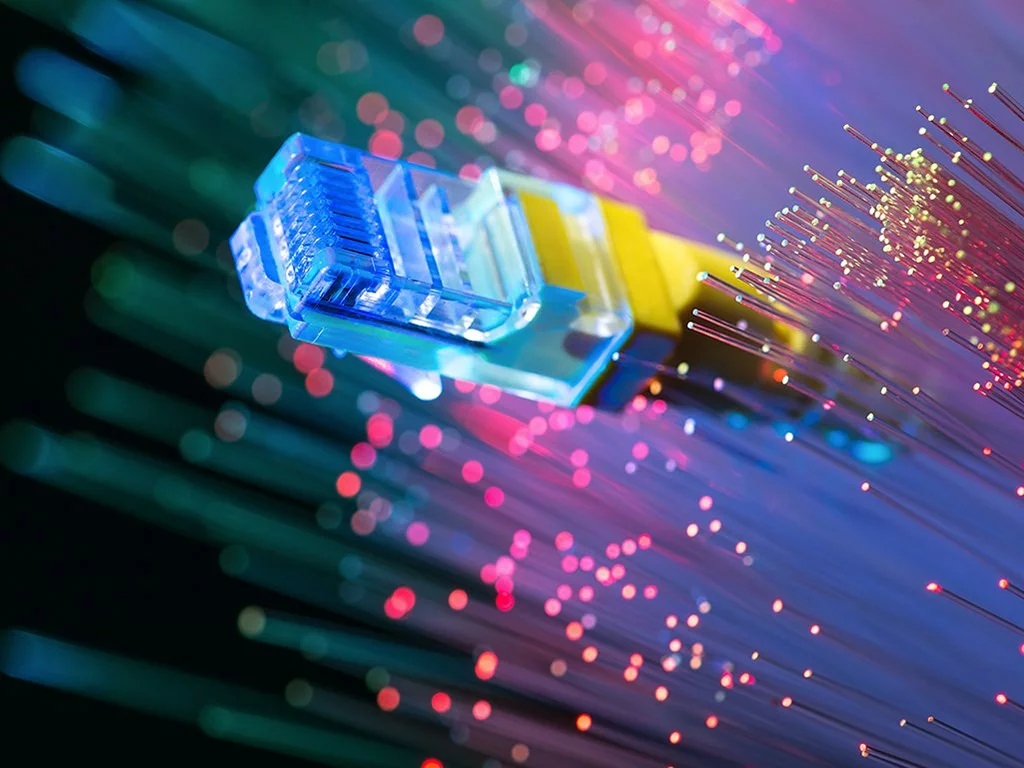What Is VDSL And How Is It Different From ADSL?
The terms we usually hear about home internet services are VDSL, ADSL, and optical fiber, which are sometimes confused. In this article, we will discuss VDSL internet and its difference from ADSL and fiber optic internet.
The Internet Has Become An Inseparable Part Of Our Life Due To The Advancement And Development Of Technology.
As a result, we all seek to obtain and use internet lines with high speed and quality. But which home internet service is a better option?

What is meant by ADSL Internet?
First, we’ll start with an older home Internet service, ADSL. ADSL (abbreviated Asymmetric Digital Subscriber Line) is one of the oldest generations of the Internet, which can transmit information from the call center to the destination without disturbing the voice call using the telephone line.
ADSL technology refers to the “asymmetric digital subscription line” and is considered a generation of DSL technology. What does “asymmetrical” mean?
In ADSL services, download and upload speeds differ; the download speed is much higher than the upload speed. Therefore, this type of technology is called an asymmetric digital subscription line.
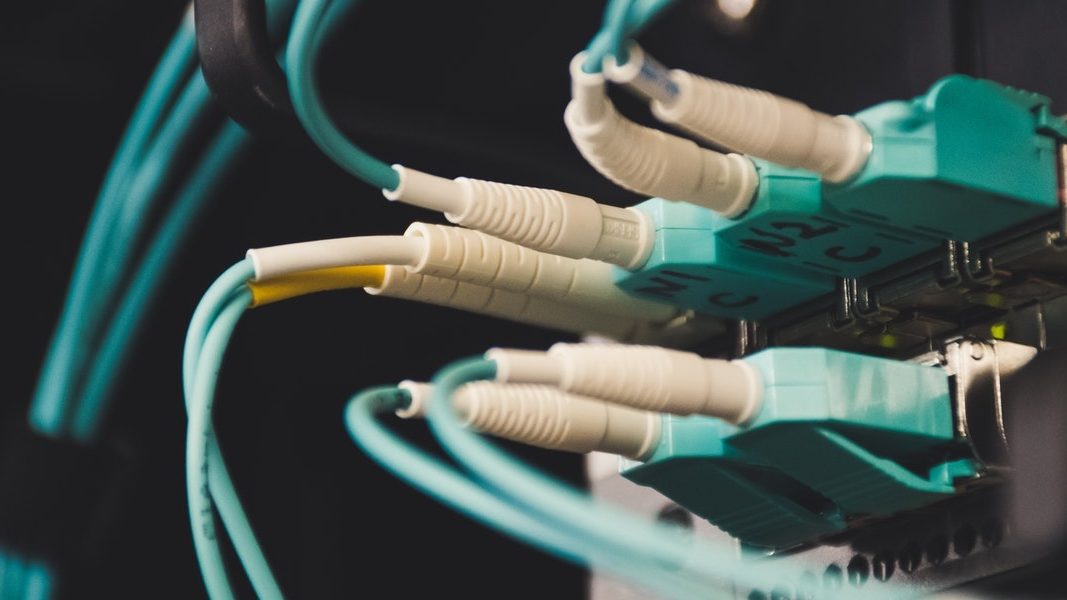
This home internet service is still a common type of broadband access, which works through standard cabling. Broadband refers to data transmission systems (digital information); the data transfer speed is hundreds of kilobits per second and more.
In other words, the frequency bandwidth of these systems is hundreds of kilohertz and more. The term “broadband” should not be confused with “broadband.” Broadband refers to a connection with a bandwidth of at least 256 kilobits per second. Each channel is 6 MHz wide and uses a wide frequency range to receive data in the network.
What features does ADSL Internet offer?
The advantage of ADSL service is that there is no need for new lines or re-cabling. No special equipment is needed to connect ADSL technology, and you can use the same wiring as your home phone.
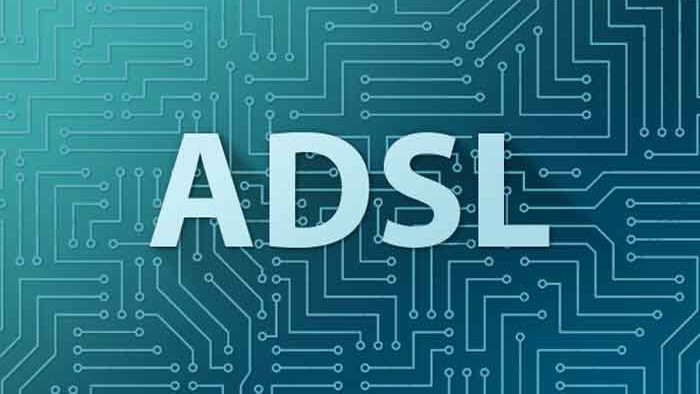
As a result, this type of Internet is cheaper and relatively simple to install. It has a relatively low download speed, and users will have a maximum download speed of 24 Mbps. The upload speed of ADSL technology is lower than its download speed. To benefit from a higher rate, you can use ADSL2+ technology.
Due to the speed provided, ADSL meets most home users’ needs, such as regular web browsing and light work.
However, your download and upload speeds may differ depending on how far you are from the telecommunication center, the type of internet service provider, and other factors.
The remarkable thing about ADSL technology is that it depends on the distance to the telecommunication center; The further your house is from telecommunications, the lower the quality and speed of the Internet.
This means that homes close to telecommunications have better speed and quality. Of course, it also depends on other things like wire quality, noise, etc.
What is VDSL Internet?
A newer type of DSL technology is the VDSL Internet. VDSL (abbreviated Very-high-bit Digital Subscriber Line) technology is an advanced type of ADSL broadband Internet. VDSL technology stands for “Very High Bit Rate Digital Subscriber Line.”
Compared to ADSL technology, it is more similar to cable Internet. It has fast upload and download quality and speed. The download speed of VDSL technology is approximately five times that of ADSL, and its upload speed is about ten times that of ADSL.

Unlike what we mentioned about ADSL technology, the download and upload speeds provided by VDSL technology are the same; Therefore, the word “asymmetrical” is not visible in its name. Due to its unique design, this technology has similarities with ADSL technology and fiber optic service technology.
However, it can only work in short-term data transmission. VDSL technology uses copper and fiber optic cables, which effectively create an Internet connection from the service provider to your residence or work.
The core network uses optical fiber for transmission and 10 Mbps bandwidth with reliable data transmission. Of course, copper cable and interference with internet speed are some of the most significant disadvantages of slowing down VDSL technology.
It should be noted that the maximum internet speed you can get depends on the length of the copper cable from your modem to the location of the service equipment, and the shorter the distance, the higher the signal quality and, thus, the speed of receiving data.
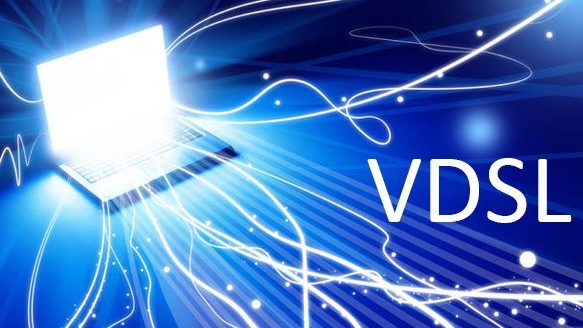
The first generation of VDSL services is based on copper wires that can transmit 25 kHz to 12 MHz frequencies. This signal shows that the first generation of VDSL can provide a download speed of 52 Mbps and an upload speed of 16 Mbps.
The VDSL modem allows you to enjoy high-speed Internet and use other services, including video conferencing and SIP. Users only need a fixed line and a VDSL modem to have high-speed Internet and other advantages.
What is optical fiber?
Fiber optic Internet, also called ultra-fast broadband or UFB Internet (abbreviated as Ultra-Fast Broadband), is currently the fastest and most expensive type of Internet. UFB Internet has been specially developed in many countries in recent years and has attracted much attention.
This type of Internet can provide the user with a balanced speed of up to 1 gigabit for downloading and uploading. The method of accessing the fiber optic network is through signals, And it is transmitted through optical signals instead of electrical (electricity) signals, thus supporting higher speed with longer distance. Also, they are much more resistant to environmental conditions.
In addition, optical fiber delivers and receives large amounts of data at higher speeds than traditional cabling without wire interference or environmental damage. Some devices must complete fiber-to-the-home (FTTH) connections in a fiber optic network.
Among these devices, we refer to ONT and ONU. ONT device (abbreviated Optical Network Terminal) means optical network terminal, And ONU device (abbreviated Optical Network Unit) means optical network unit.
Also, according to the different positions of the ONU device, optical fiber access methods can be divided into FTTB, FTTH, FTTO, FTTP, etc. Fiber Internet still has a lot of potential for improvement in the country.
What is the difference between VDSL, ADSL, and fiber optic internet?
ADSL requires landline lines, while VDSL is based on network cables and must be wired into your home from the telco. The speed you get from ADSL internet depends on your distance from the telecommunication center. The further away you are, the lower the quality of the Internet you receive.
The internet connection speed is the most crucial difference between ADSL and VDSL modems. VDSL technology can provide an upload speed of 10 Mbps and a download speed of 70 Mbps. The maximum download speed of ADSL technology reaches 24 Mbps, but the upload speed is much lower than that of VDSL.
In the case of optical fiber internet, it should be noted that its download speed is theoretically 1 gigabit per second, but its actual speed is 300 megabits per second. ADSL technology is used for web surfing by ordinary users and companies. With VDSL technology, you can easily use broadband applications.
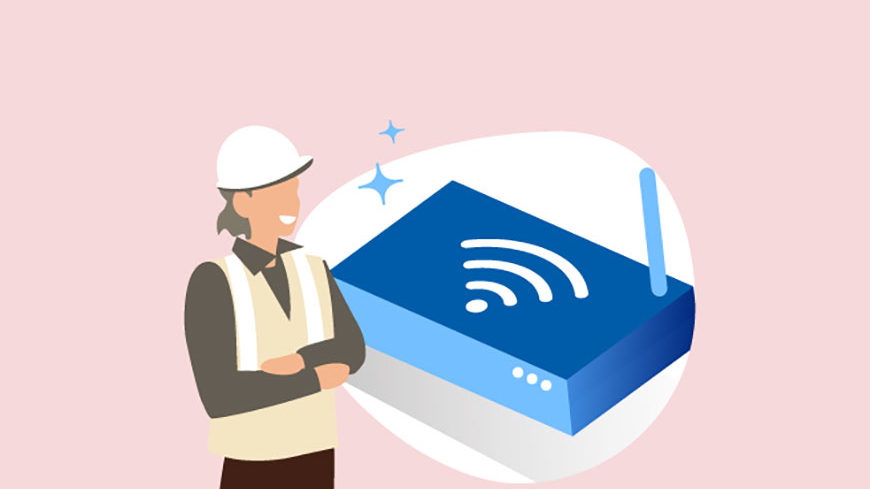
Compared to VDSL, ADSL is more accessible and easier to use. Most ISPs (Internet Service Providers) around the world offer this service. As mentioned, ADSL Internet access is becoming more and more widespread.
But to benefit from VDSL Internet, you must be close to the center associated with it. Also, a limited number of Internet service providers offer VDSL to users.
However, as technology develops and users’ needs for different networks and services increase, more and more ISPs are expanding fiber optics.
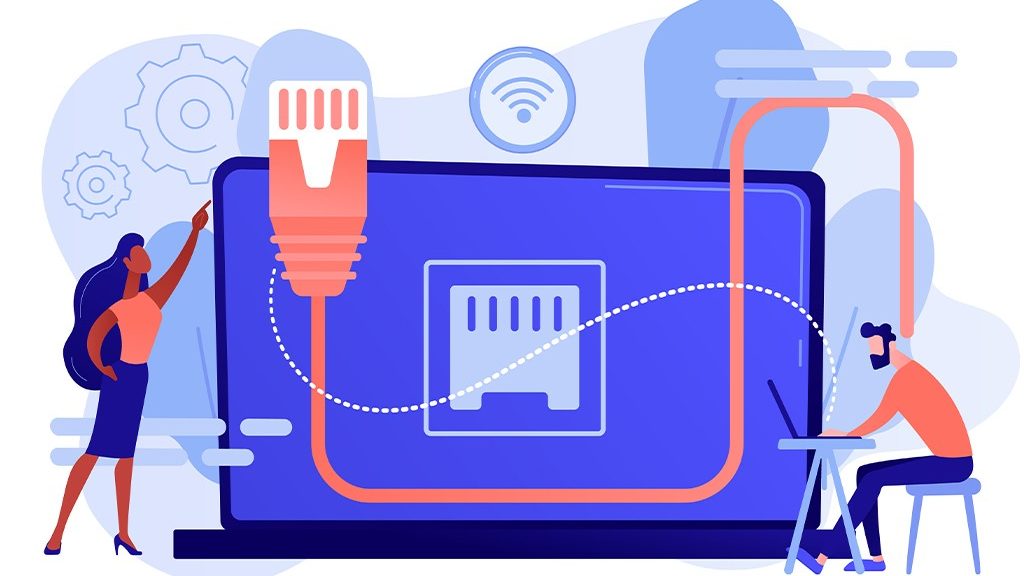
And finally, ADSL internet costs are lower than VDSL. VDSL requires proper infrastructure and cabling, while ADSL does not require these costs. However, fiber optic internet costs much higher than ADSL and VDSL.
Comparison table of VDSL, ADSL, and optical fiber Internet
Comparison | ADSL | VDSL | Optical fiber |
| download speed | 24 Mbps | 70 megabits per second | Theoretically one gigabit actual speed of 300 megabits per second |
| Upload speed | Two megabits per second | 16 megabits per second | 550 Mbps |
| Application | Normal web surfing and light work | Programs with high bandwidth include streaming, playing online video games, holding multiple video meetings, etc. | All kinds of services |
| access | It is more accessible than the other two | medium | medium |
| Price | Less than VDSL and fiber optic | Less than fiber optic | Bishtz, from the other two cases |
| The cable used to provide Internet | copper | copper | Optical fiber |
Conclusion
If your only Internet use is surfing, checking e-mails, and watching social networks, ADSL technology will work perfectly for you. VDSL is a newer technology than ADSL, which, like ADSL, uses copper telephone wires to serve the user.
However, the download and upload speeds that VDSL can achieve are many times higher than ADSL. Optical fiber, or UFB, offers you faster and more reliable technology. This technology uses optical fiber cables to provide the Internet.
What is ADSL?
ADSL Internet (abbreviated Asymmetric Digital Subscriber Line) is one of the oldest generations of the Internet, which can transmit information from the call center to the destination without disturbing the voice call using the telephone line. ADSL Internet refers to the “Asymmetric Digital Subscriber Line” and is a generation of DSL technology.
What is VDSL?
A newer type of DSL technology is the VDSL Internet. VDSL Internet (abbreviated Very-high-bit Digital Subscriber Line) is an advanced type of ADSL broadband Internet. VDSL Internet stands for “Very High Bit Rate Digital Subscriber Line.”
What is meant by fiber optic internet?
Fiber optic Internet, also called ultra-fast broadband or UFB Internet (abbreviated as Ultra-Fast Broadband), is currently the fastest and most expensive type of Internet. This type of Internet can provide the user with a balanced speed of up to 1 gigabit for downloading and uploading.
